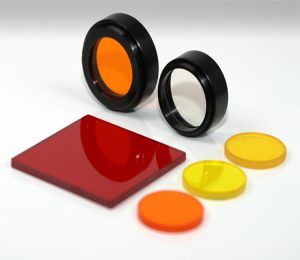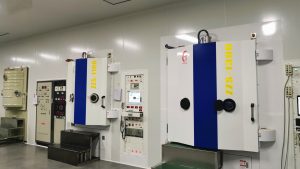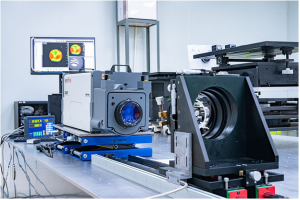PCR fluorescence analysis microscope is a optical instrument composed of excitation filters, dichroic lens and emission filter, which is usually designed to match the spectrum of specific fluorophore or fluorescent protein. At the same time, the filter may also be installed on a rotating wheel (called the filter disc) to form a multi-channel filter combination
You can mix and match the filter discs as much as possible to match the excitation and emission wavelengths we need. The ultimate function is to capture the optical signal that is desired to be captured from the fluorescent group beam of the target, while shielding any interference from other parts of the light (ambient light, excitation light source, etc.) as much as possible.

What types of filters are used for PCR fluorescence imaging?
Typically, filter groups are designed to capture the maximum excitation and emission wavelengths of the designated fluorescent group, but not all fluorescence.
Most modern filter groups are designed to ensure that the excitation filter allows light passing through a specified wavelength range. This type of filter is called a bandpass filter
Bandpass filters are usually determined by the intermediate wavelength and interval width. In a relatively simple fluorescence microscope device, once the excitation light leaves the excitation filter, it will shine on the target, and the fluorescence excitation group on the target will immediately become excited, and then emit the light that migrates from the infrared end of the retro spectrum (relative to the excitation light). Not all such emitted light will be captured by the detector – only the light that is allowed to pass through the dichroic mirror and can pass through the emission filter.
Emission filters are usually bandpass filters or long wavelength pass filters, depending on the specific fluorescent group and imaging experiment. If you want light exceeding a specific wavelength to pass through the detector, you can choose a long wavelength pass filter.
The stability, detection accuracy, and detection sensitivity of a good PCR fluorescence analysis channel filter in clinical diagnosis are certainly the preferred indicators. In scientific research, the significance of fluorescence quantitative PCR lies in its guidance for subsequent research. The more accurate the data, the higher the guidance for subsequent research. Instruments with larger deviations in results can actually mislead users.



